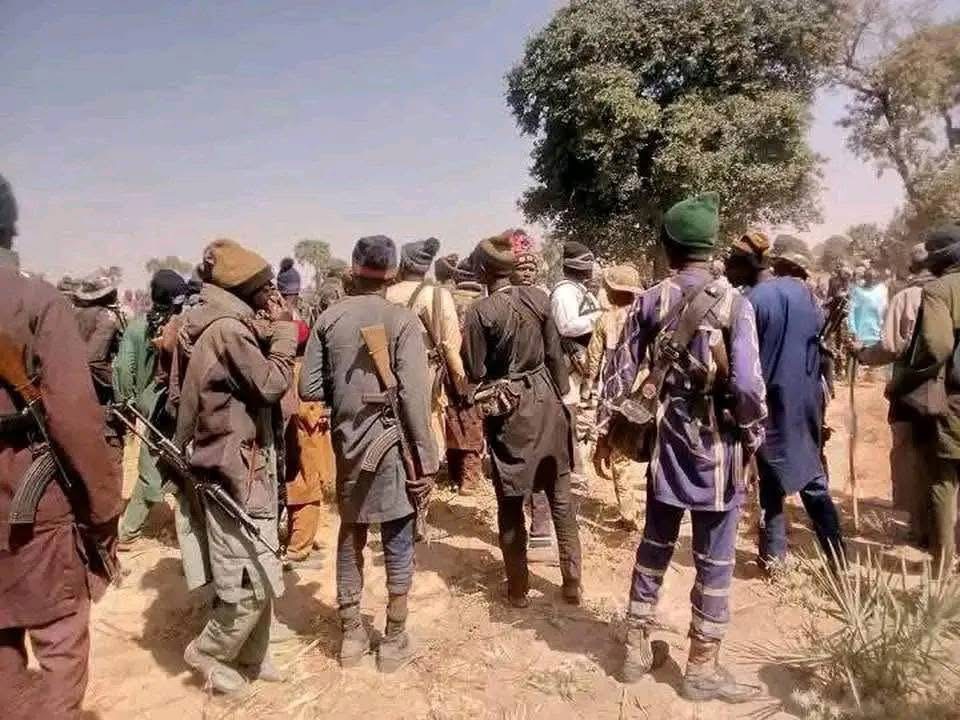
Researchers from the Observatory of Religious Freedom in Africa (ORFA) have reported over 55,910 civilian deaths in Nigeria during a comprehensive four-year study from October 2019 to September 2023.
Operating under the Foundation Platform for Social Transformation, ORFA is committed to monitoring religious freedoms and documenting rights violations across Nigeria.
Their research highlights escalating violence, particularly in the North Central Zone and Southern Kaduna, where widespread mass killings, abductions, and family torture are reported with minimal intervention from security forces.
The findings, disclosed in a press release issued on Thursday by Frans Vierhout, Data Scientist at ORFA, identify the Fulani Ethnic Militia (FEM) as a key perpetrator of violence in Nigeria.
The report also underscores the alarming trend of mass violence that has largely gone unchallenged, as security agencies focus on remote targets rather than addressing the immediate needs of local communities.
The data further shows that FEM’s violent activities are predominantly concentrated in the North Central Zone and Southern Kaduna, areas that have suffered significantly from their attacks. Furthermore, military resources are concentrated in the North-East and North-West of Nigeria, hundreds of miles from the scenes of FEM atrocities.
“Across the country, over 11,000 incidents of extreme violence took place during the data period, with more than 55,000 killings and 21,000 abductions. In the North Central Zone alone, 3,007 incidents of extreme violence occurred; 2,010 incidents involved killings, 700 were abduction incidents, and 297 were a combination of killings and abductions,” ORFA said in the report.
“The Fulani Ethnic Militia (FEM) killed at least 42% of all civilians, while Boko Haram and ISWAP (Islamic State West Africa Province) combined killed 10%. FEM, an ethno-religious terror group, is considered by many security experts to be a ‘twin’ of Islamists killing and kidnapping civilians in Northern Nigeria. Land-based community attacks form the largest category of civilian killings (81%).
“FEM invades small Christian farming settlements to kill, rape, abduct, and burn homes. 2.7 Christians were killed for every Muslim in the reporting period. Islamist extremists kill both Muslims and Christians, although Christian death tolls are far higher. Proportional loss: in states where attacks occur, proportional loss to Christian communities is exceptionally high. In terms of state populations, 6.5 times as many Christians are being murdered as Muslims.”
The ORFA data project also uncovers a troubling trend in abductions across Nigeria, with incidents rising during the four-year period. The statistics indicate that 1,665 people were abducted in 2020, 5,907 in 2021, 7,705 in 2022, and 6,255 in 2023.
Furthermore, the data shows Christians are 1.4 times more likely to be abducted than Muslims, with an estimated 5.1 Christians abducted for every Muslim within local populations. This pattern, according to ORFA, underscores the targeted nature of these kidnappings, especially by the FEM, which often focuses on Christian communities. Analysts like Rev. Dr. Gideon Para-Mallam recognises this as part of a larger strategy to destabilise and terrorise vulnerable groups.
The release also notes that, by the end of 2023, the International Displacement Monitoring Centre (IDMC) reported that 3.3 million Nigerians were forcibly displaced from their homes, surviving in makeshift camps.
The authors of the ORFA report have therefore called upon the international community to pay close attention to these alarming findings, stressing the critical need for increased global involvement in combating these human rights violations, illustrating a narrative of besieged communities and government indecision.






